In the ever-evolving realm of style and utility, white trainers emerge as a quintessential element. These sneakers transcend mere trendiness, embodying a fusion of chic design and practicality to accommodate an array of needs and tastes.
Types and Variations of White Trainers
A myriad of designs fall under the umbrella of white trainers, each distinguished by its own features. The spectrum ranges from understated, low-top kicks that epitomize a minimalist charm to high-tech athletic footwear boasting superior cushioning for sports enthusiasts. Basketball-specific models offer enhanced ankle support and durable soles for grip, while streamlined running shoes prioritize speed and agility. Comfort-centric walking shoes are ideal for prolonged wear, and the bulky outdoor sneaker pays homage to current trends without sacrificing support. Each variant is meticulously tailored to meet distinct functional and aesthetic desires, ensuring a match for every individual's lifestyle and fashion sensibilities.
Structure and Composition of White Trainers
White trainers are a testament to ingenious design, integrating multiple elements that function in unison. The upper, crafted from materials such as microfiber leather or flexible fabric, ensures a comfortable fit while promoting air circulation. Lacing systems range from classic eyelets to modern loops or hooks for expedited fastening. The midsole, often composed of EVA foam, serves as a cushion against impacts, while the outsole, typically rubber, affords grip. Additional features like the heel counter and toe box provide extra support and defense, rendering the trainers not only fashionable but also robust for a variety of pursuits.
Materials and Their Properties
The selection of materials in white trainers is a deliberate exercise in balancing visual appeal with functionality. Microfiber leather presents an opulent appearance while being a more eco-friendly alternative to traditional leather. Fabrics such as mesh are favored for their breathability and moisture-wicking capabilities, crucial for sportswear. Insoles crafted from PU or memory foam conform to the foot's shape, offering bespoke comfort. These materials are chosen for their durability and resilience, ensuring the trainers' longevity.
Business Usages and Applications
White trainers have carved out a niche in various commercial environments, from high-street fashion retailers to professional sports venues. In the service industry, they are prized by employees for their enduring comfort during extensive shifts. In the health and fitness domain, sport-specific trainers contribute to performance optimization and injury prevention. Furthermore, they have become integral to corporate branding, with firms customizing footwear to reflect their corporate identity. In the creative sector, white trainers act as a canvas for artists and designers, culminating in limited edition collections that blend artistry with apparel.
Functions and Tasks
The fundamental role of white trainers is to safeguard and bolster the feet across diverse activities. They are engineered to mitigate shock, enhance stability in motion, and deliver sustained comfort. Specialized trainers are designed with sport-specific features, such as basketball shoes with sole pivot points for agile turns or running shoes with augmented cushioning for shock absorption. Beyond their athletic utility, they serve as a sartorial accessory that can elevate a basic ensemble or complement a sophisticated look, demonstrating their adaptability beyond the sports domain.
Features and Unique Selling Points
Key attributes of white trainers include their non-slip soles, insoles that add height, and anti-odor technologies. These characteristics distinguish them from rivals, with some models boasting unique selling propositions like environmentally friendly materials or patented sole designs that promote the foot's natural movement. The aesthetic allure, such as the pristine, unmarked look of white trainers, also stands as a unique selling proposition, appealing to those who prize simplicity and refinement in their footwear.
Benefits and Positive Outcomes
Donning white trainers yields numerous advantages. They can enhance posture and walking patterns, diminish the likelihood of foot injuries, and ensure a comfortable experience for those standing for long durations. The aesthetic allure of white trainers also bolsters self-image and offers a versatile element to various fashion styles. For businesses, providing white trainers can lead to heightened consumer satisfaction and loyalty, as shoppers often seek footwear that melds comfort with style.
How to Use and Operate Effectively
Optimal use of white trainers entails selecting the appropriate shoe for the intended purpose. For athletic endeavors, it is imperative to choose a trainer with suitable support and cushioning. For everyday wear, the primary considerations might be comfort and fashion. For sports applications, it is crucial to lace them securely to ensure a snug fit, which can avert foot injuries and enhance support.
How to Choose the Right White Trainers
Selecting the ideal white trainers requires contemplation of factors such as foot shape, intended usage, and material preferences. It is advisable to try various sizes and walk in them to confirm a proper fit. For athletic purposes, characteristics like arch support and sole flexibility are important. Moreover, the design should resonate with the user's personal style, ensuring the trainers are not only practical but also visually pleasing.
How to Clean and Maintain
To clean white trainers, use soft brushes or cloths and cleaners formulated for the specific materials. Routine care includes airing them out post-use and steering clear of harsh conditions. For leather variants, a conditioner can maintain the material's suppleness. Storing them in a cool, dry place away from sunlight helps prevent discoloration and preserves their immaculate condition.
How to Install and Customize
While white trainers necessitate no installation, personalization can involve swapping laces, inserting orthotic insoles, or engaging specialized services for unique design additions. Such customization can enhance both function and style, allowing for a distinctive touch that mirrors the wearer's individuality.
Target Audience and Meeting Needs
The demographic for white trainers is expansive, encompassing athletes and fashion aficionados alike. Each model addresses particular requirements, whether it's boosting performance in sports or providing style and ease for daily wear. Recognizing the varied demands of this audience, manufacturers craft trainers that cater to a broad spectrum of preferences, ensuring an ideal pair of white trainers for every shopper.
How do white trainers enhance athletic performance?
White trainers are crafted to augment athletic prowess by delivering stability, support, and solace. The cushioned insoles absorb impacts, while the featherlight construction ensures nimbleness. The ventilated materials maintain cool, dry feet, empowering athletes to excel.
What makes white trainers a fashion-forward choice?
The sartorial charm of white trainers resides in their pristine, sharp aesthetic that seamlessly complements any attire. Their design versatility renders them apt for casual settings or as a bold statement in a chic ensemble. Their capacity to integrate with diverse styles cements them as a fashion-forward option.
How to maintain the pristine condition of white trainers?
Preserving the unblemished state of white trainers involves regular cleansing with suitable agents, avoiding abrasive chemicals that could mar the material. For persistent stains, specialized cleaning agents tailored for the trainers' specific materials may be employed. Proper storage is also recommended to avert discoloration and damage.









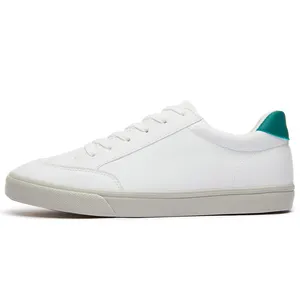









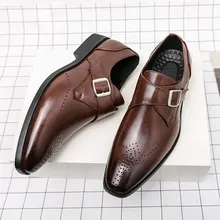

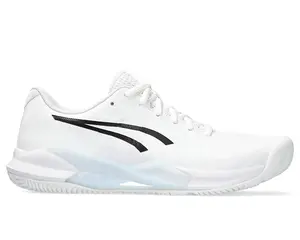

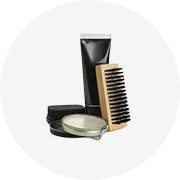
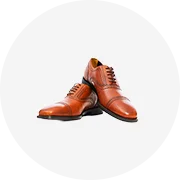
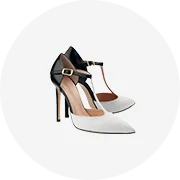
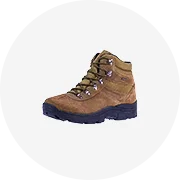
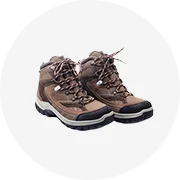
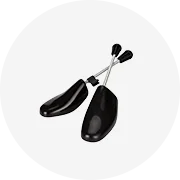

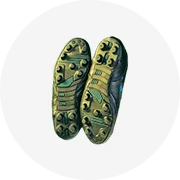








 浙公网安备 33010002000092号
浙公网安备 33010002000092号 浙B2-20120091-4
浙B2-20120091-4